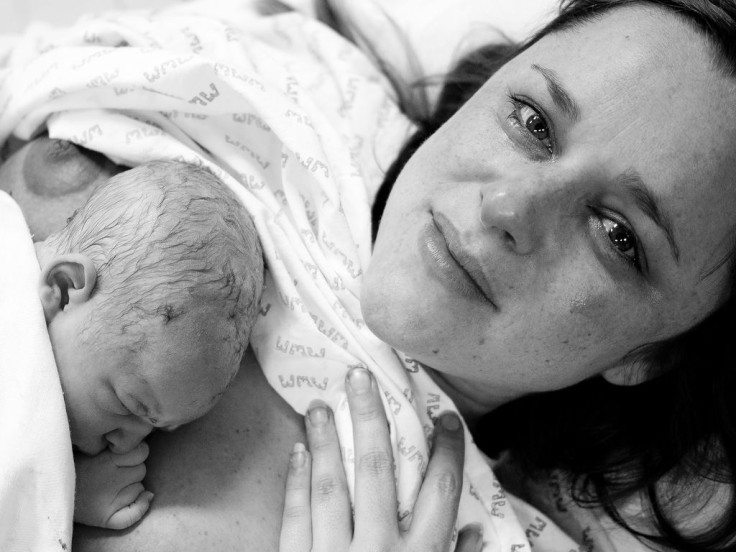American Academy Of Pediatrics Issues New Childbirth Guidelines

Though accounting for less than 1 percent of American childbirths, home delivery remains polemicized as a cultural issue, a la the central conflict in Ben Stiller's Meet The Parents (2000).
Passions flow on both sides, with physicians emphasizing the safer and more antiseptic hospital setting, and midwives accusing clinicians of medicalizing the most natural of human occurrences — bringing to mind images of Montessori schools, Subaru hybrids, Birkenstock sandals, and at least two friends who either paint or sculpt.
On Monday, the American Academy of Pediatrics issued its first guidelines for the care of newborns in home births, though declining to comment more broadly on the issue of home childbirth. The Academy's new policy supports the American Congress of Obstetricians and Gynecologists' opinion that hospitals and birthing centers are the safest places for delivery, but expresses support for a woman's right to choose.
Dr. Kristi Watterberg, a professor of pediatrics at the University of New Mexico, was careful to make that distinction. "There are standards for caring for babies who are born anywhere," Watterberg told media. "This is to reiterate that the same standards should be met for" all of them.
The Academy's policy recommends the attendance at the delivery of at least one person focused primarily on the mother, with another person focused on the newborn. Though not requiring specific credentials, the policy recommends that attendants be certified by the American Midwifery Certification Board, effectively excluding many "direct-entry" midwives who're self-taught or graduates of midwifery programs distinct from university-based health education.
The policy also recommends home childbirth proponents adopt a more holistic approach with regard to the hospital system, emphasizing that hospitalizations from birthing complications represent not a failure of midwifery but a success for the two-part system. The Academy recommends home childbirth practitioners operate with a clear, pre-existing plan for safe and quick transport of the mother to hospital, should complications occur.
Home childbirth "is an area that has high passion surrounding it on all sides," Watterberg said. "I don't think it does anyone any good to have such a fractured way of looking at things."
Eugene Declercq, a professor of community-health sciences at Boston University's school of public health, reviewed the Academy's statement. "If the intent of the [statement] was to encourage the development of an integrated system, that's terrific," he said. "The parts that talk about integrated care would [appeal] to most everybody.
"Certainly, on the home birth side, they're dying to have more integrated care. But [the statement] won't move folks who don't believe in home birth as a principle."
Declercq said the Academy's statement might be viewed as "a plus" but much depends upon voluntary compliance by home childbirth practitioners. "The politics of home birth are one of those situations where, more often than not, people talk at each other," he said.
Connecticut, Nebraska, Ohio, and West Virginia prohibt direct-entry midwives from pacticing.
Published by Medicaldaily.com



























